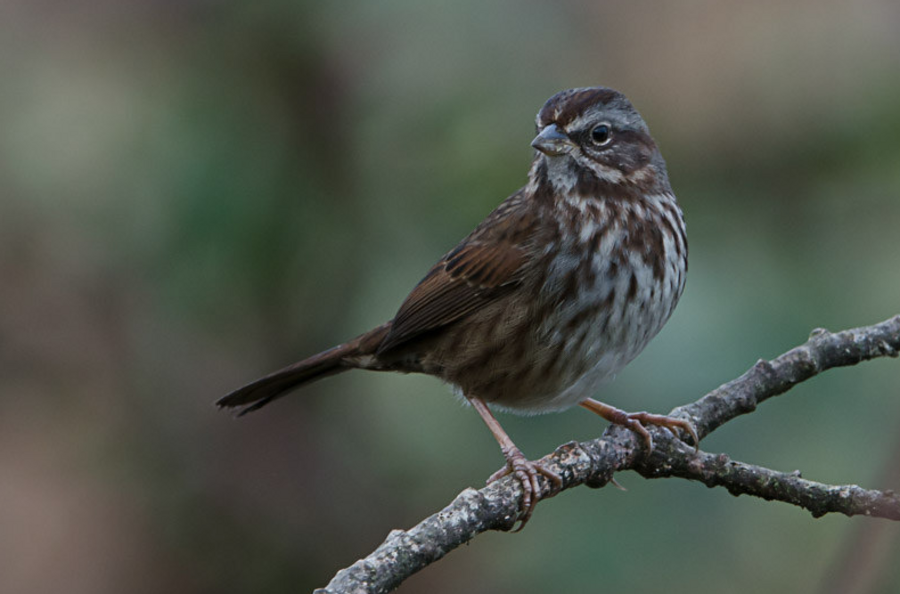How suburban sprawl might disrupt songbird mating
Loading...
The divide is familiar enough to any suburban adolescent: for some, the suburbs are made to be avoided; for others, the idea is to flock there.
Researchers from the University of Washington say as forests turn into subdivisions, certain species of human-shy songbirds – dubbed “avoiders” – are losing their mates as they flee for more propitious territory, causing some to miss as much as half of their breeding years, according to a study published in the journal PLOS ONE.
“These birds don’t like to move once they have established a territory,” lead author and UW wildlife scientist John Marzluff told the university’s news service. “But when it comes to having enough food and safety for a nest, and being able to attract a mate, that’s when things get tough. That’s probably when they decide to move.”
The study, which spent a decade observing six different species of songbirds that make their home outside Seattle, is one of the few to focus on how birds’ displacement by human habitation can influence their mating habits.
“Breeding dispersal – the annual shift in an adults’ center of reproductive activity – remains one of the least understood yet fundamental processes by which animal populations adapt to their environment,” the team wrote.
Urbanization didn’t augur decline for all of the songbirds: Two of the six species, the Pacific wren and the Swainson’s thrush, turned out to be avoiders; the other four types, which the researchers dubbed “adapters” or “exploiters,” stayed put as humans encroached on their old territory, without any apparent disruption of their reproduction.
That shouldn’t necessarily be taken as a sign that co-habitation with humans works out for most species. In the tropics and other places where species diversity is greater, Dr. Marzluff said, new developments could pose a greater risk to reproduction.
That seems to square with past studies that point to loss of habitat as a primary threat to birds’ numbers. One 2014 study from the National Audubon Society of 588 species found that 314 could lose more than half of their range, with 126 of them having no place to go, as The Christian Science Monitor reported at the time:
Conservation efforts have made important strides in stemming or reversing the decline of a variety of birds across the United States, but the regional effects of global warming could seriously erode those gains, researchers say....
Wetland birds are making a comeback in places where conservation efforts – under legislation such as the North American Wetlands Conservation Act, the Clean Water Act, and farm-bill conservation provisions – have been most intense, Dr. Rosenberg notes. The population of mallard ducks, for instance, is now 42 percent above its long-term average. Still, wetland losses continue to fuel declines in marsh species native to the US Southeast.
In America's grasslands, populations of many species have stabilized after years of losses, although Eastern meadowlarks and bobolinks continue to decline sharply as changing dairy practices and spreading suburbs have reduced available grasslands.
“To conserve some of these rarer species in an increasingly urban planet is going to require more knowledge of how birds disperse,” Marzluff said of the songbird study. “I expect that as we look more closely, we will find birds that are compromised because of us.”








